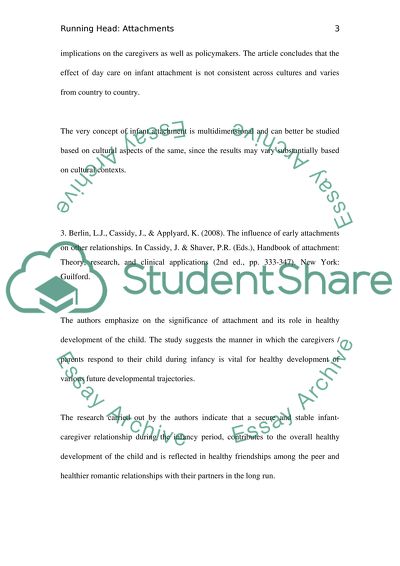Cite this document
(“Attachments Essay Example | Topics and Well Written Essays - 2750 words”, n.d.)
Retrieved from https://studentshare.org/psychology/1666378-attachments
Retrieved from https://studentshare.org/psychology/1666378-attachments
(Attachments Essay Example | Topics and Well Written Essays - 2750 Words)
https://studentshare.org/psychology/1666378-attachments.
https://studentshare.org/psychology/1666378-attachments.
“Attachments Essay Example | Topics and Well Written Essays - 2750 Words”, n.d. https://studentshare.org/psychology/1666378-attachments.


